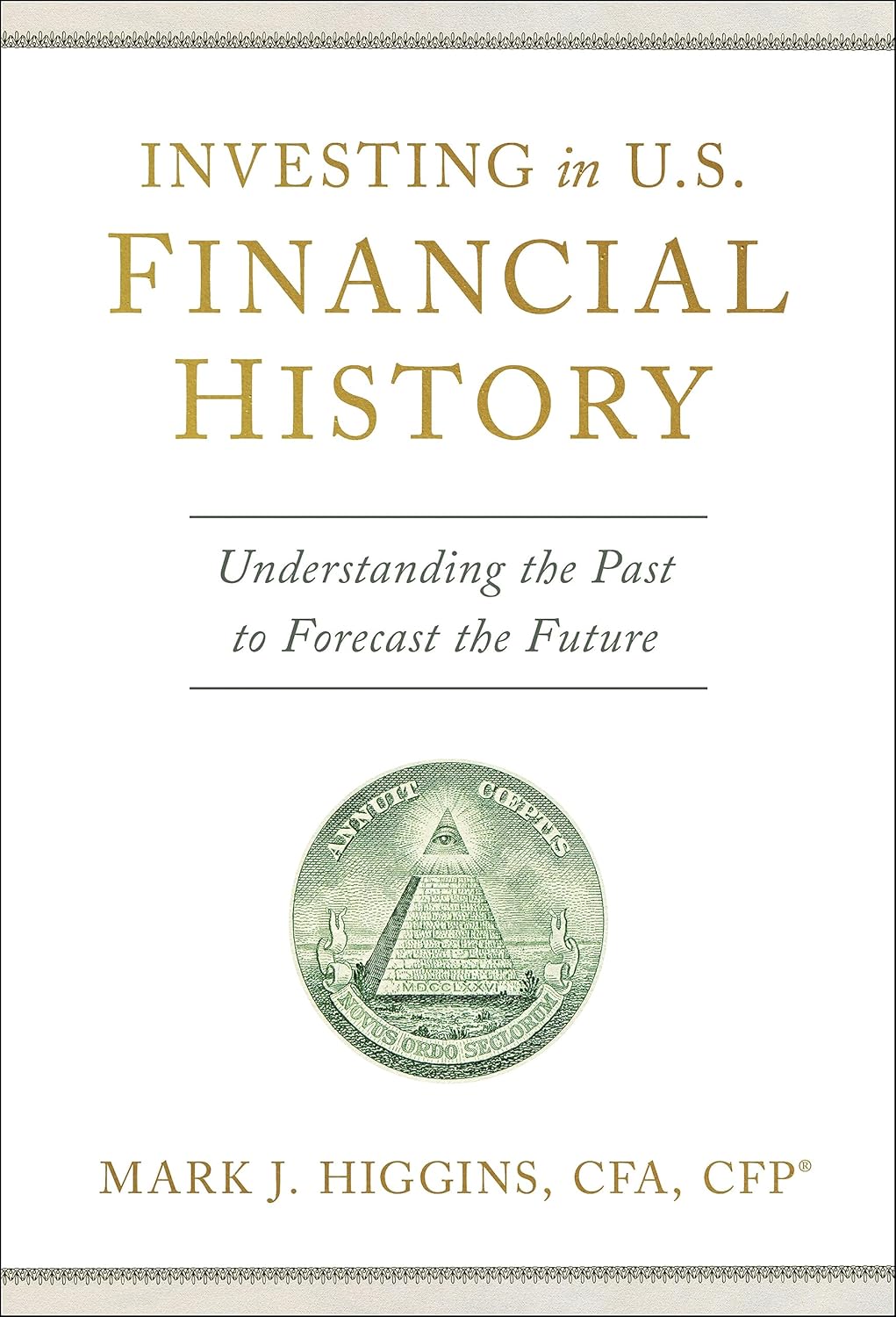Investing in U.S. Financial History by Mark Higgins: A Must-Read for Avid Investors
As a passionate reader and an investor keen on understanding the nuances of market behaviors, I was immediately intrigued by Investing in U.S. Financial History by Mark Higgins. The premise of examining financial cycles through the U.S. historical lens resonated with my belief that understanding the past can significantly inform better investment decisions today. Furthermore, the accolades the book has received—including being honored as the Best Book in "Finance" at the 2024 NYC Big Book Awards—fueled my anticipation for a thorough dive into its pages.
The book spans 600 pages, taking the reader from Alexander Hamilton’s financial innovations in 1790 to the Federal Reserve’s battle with inflation in 2023. One of the standout features I appreciated was Higgins’s ability to make complex financial concepts accessible and relatable. His assertion that "investors who ignore the past are lost in the present and blind to the future" resonated deeply, reinforcing the critical perspective that past financial crises can indeed inform current investing strategies.
Throughout my reading, I found several positive aspects that truly stood out. First, the book is rich with historical anecdotes that made the material engaging. Higgins’s storytelling not only informed but entertained, which is often a rarity in finance literature. He artfully explains the drivers of financial crises and identifies the cyclical nature of economic events. This deeper understanding was invaluable; I felt equipped to recognize potential threats to economic prosperity—an insight other readers also appreciated, as I noted in their feedback.
However, like any book, Investing in U.S. Financial History was not without its drawbacks. A common critique mentioned by other readers—one I found to be somewhat valid—was that, at times, the depth of information could be overwhelming. While I relish detailed analyses, some passages felt densely packed and could potentially intimidate readers less versed in financial history. Additionally, the length of the book may deter casual readers who might lose interest before reaping the benefits of its insights.
Moreover, while Higgins emphasizes the importance of understanding market indices and advocates for index funds for most investors, his dismissal of individual stock picking may come across as too one-dimensional to some. I personally found his arguments convincing, especially considering the historical failures of many investors in outperforming market indices. Still, I couldn’t help but think that a more balanced view, incorporating both strategies, would cater to a broader audience.
In the book, Higgins emphasizes the warning signs of speculative manias leading to asset bubbles. This discussion provided compelling reflections on contemporary market behaviors, making the content extremely relevant. When he outlines the principles for managing financial crises, I found his insights particularly timely. The recurring theme of historical repercussion versus present-day decisions allowed me to internalize key investment principles—one of the main takeaways highlighted in the official description.
In conclusion, Investing in U.S. Financial History not only met my expectations but exceeded them in many areas. With its engaging prose, rich historical context, and practical insights into financial decision-making, it is a treasure trove for anyone keen on investing or finance. While it may have its share of complexity and length, the benefits far outweigh these drawbacks, making it a worthwhile read. I would highly recommend this book to both new and seasoned investors alike, as it equips them with the necessary tools to navigate an ever-changing economic landscape.
“Explore Key Insights from U.S. Financial History to Shape Your Investment Strategy.” >>








